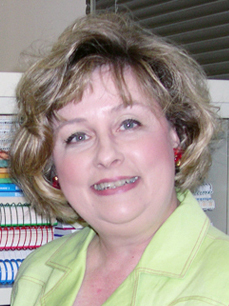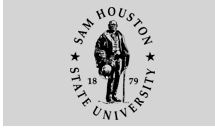Researchers Urge Caution on Bilingual Education Question
 |
Beverly Irby |
Researchers at Sam Houston State University, Texas A&M,
and University of Texas-Pan American, say they fear a rush
to judgment concerning the best way to educate the state’s
growing Hispanic population.
The State Board of Education will consider the controversial
topic of English-immersion as an alternative to the state’s
bilingual programs at its meeting Feb. 9 in Austin.
Lawmakers have been invited to the meeting, which could be
a precursor to future legislative agendas.
The researchers say that studies not yet complete may favor
teaching all academic subjects in a native language for some
yet unknown period, perhaps two or three years, or the studies
could determine an alternate form of teaching English language
learners.
“To date the research base is still in its infancy,
and the jury is still out on whether bilingual education or
English immersion is best for English language learners,”
said Beverly Irby, professor and researcher in Educational
Leadership and Counseling at Sam Houston State.
Leo Gomez, professor at the University of Texas-Pan American,
is president of the Texas Association of Bilingual Education.
He urged a focus on “long-term achievement to close
the gap between English language learners and English speakers.”
The researchers say that decisions should not be made based
on politics or emotion.
“Without evidence from a rigorous research base,”
said Rafael Lara-Alecio, professor and researcher of educational
psychology at Texas A&M, “decisions will be made
based in political, economic, and emotional foundations.”
The researchers point to two pieces of evidence that they
believe should at least continue the debate until more thorough
research is completed.
They cite a study of 210,054 student records by Wayne Thomas
and Virginia Collier that found:
(1) English language learners immersed in the English mainstream
because their parents refused bilingual/English as a Second
Language services showed large decreases in reading and math
achievement by Grade 5;
(2) English language learners participating in various types
of bilingual education programs out performed students who
participated in English immersion programs;
(3) Dual language bilingual programs yield the greatest achievement
results for English language learners.
They also say that recent results of the National Assessment
of Educational Progress, sometimes known as the “Nation’s
Report Card,” indicate that California’s fourth
graders and eighth graders lag behind the nation.
“The English language learner students who participated
in the national testing project had been in English immersion
classes as a result of Proposition 227 (1998-99) either since
they began school in kindergarten or they were in first grade,”
said Irby. “These students have had up to seven years
in English immersion.”
The national No Child Left Behind initiative requires that
students make annual yearly progress, known to educators as
AYP.
“Texas met AYP for 2005 with its large numbers of English
language learners and with the majority of those learners
served in bilingual education,” said Irby, “while
California did not meet AYP standards.”
The researchers say that the U. S. Department of Education’s
Institute for Education Science issued a call for research in
the area in 2003, and three large studies were funded to answer
the question. Irby believes we should be concerned with "what
yields the greatest achievement in English---bilingual education
or English immersion programs?
“Those studies will not be final until 2008 as they
are longitudinal and require interventions in controlled school
environments," she said. "Patience is virtuous in
this case, as we, educators and policymakers, are in the position
to alter educational systems and impact a new generation.
Research should be the foundation of our decisions."
—END—
SHSU Media Contact: Frank
Krystyniak
Feb. 3, 2006
Please send comments, corrections, news tips to Today@Sam.edu.
|


